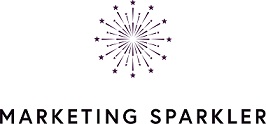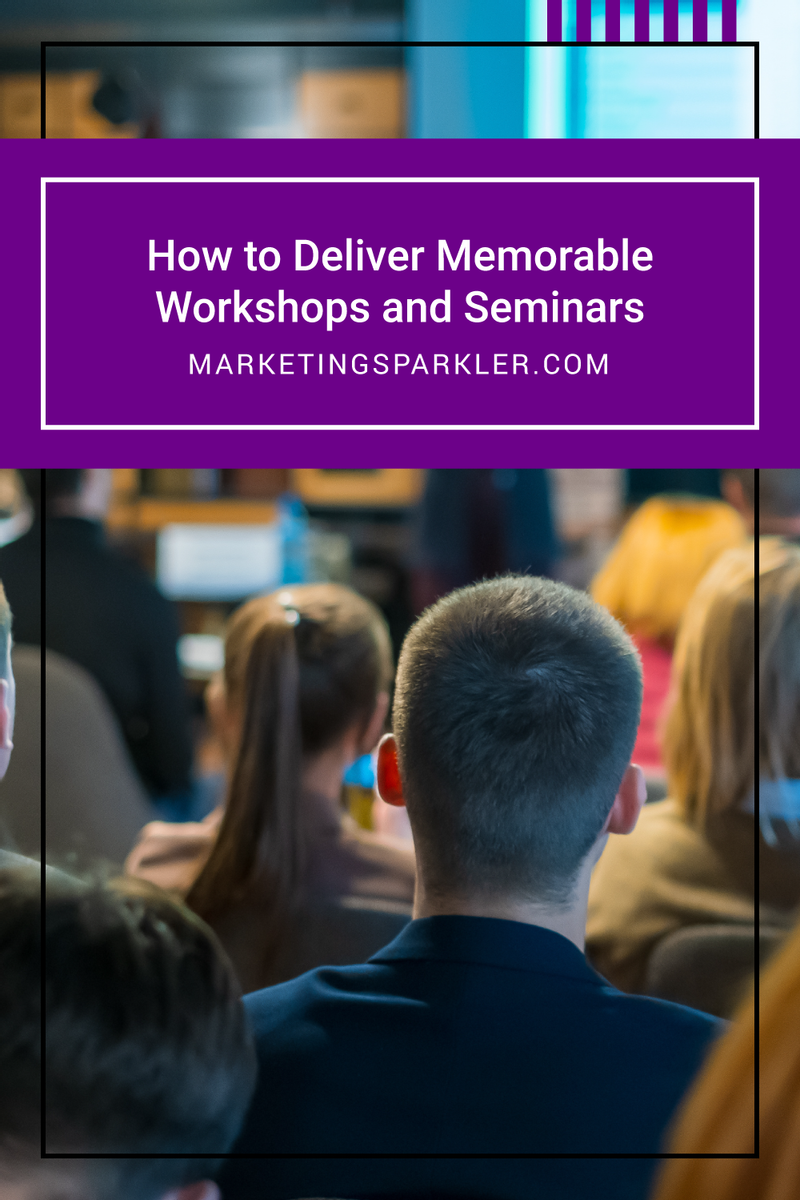When most people think of workshops and training, whether they are in person or online, they think of one word: boring. Ok, maybe it’s just me!
Workshops and trainings may be very popular, but often they’re not very memorable. Even when people learn new things they can be boring. After all, sitting in a chair or at a table listening to other people drone on can be hard for many people. But thankfully, with just a little knowledge you can deliver memorable workshops and training seminars.
How to Deliver Memorable Workshops and Training Seminars
Identify Your Target Market
Everything starts with your target audience. Even though you likely already have an audience in mind when you are planning in-person events like these, you need to double down and laser-focus your audience on a whole new level so that your materials are meaningful to the audience.
Find the Message You Want to Deliver
Once you know who your audience will be, you can define the message you want to deliver. This will be the overarching theme of your event that informs the topic.
Craft the presentation description, and use it as your guide post. Try writing in two or three sentences what you want attendees to learn, think, and feel by attending your event. Then make sure that everything you do fits that goal.
Get to Know Your Group
When you show up for your event, don’t just appear when it’s time for you to speak. Instead, socialize outside of the event with your group. That way you’ll know more about them and can adjust your talk to fit the audience better.
Can you meet your audience on social media?
Perhaps you can create some pre-event buzz with a social media meet-n-greet. Poll your audience ahead of time to get insight into what they may be struggling with, and infuse this into your presentation. Find ways to engage your audience beforehand, so that they’re excited to learn from you when the day and time comes.
In addition, you’ll want to plan socializing into the event. From a live chat feature, to polls during the event, create social interactions at key times during the event.
[Tweet “Event Tip: From a live chat feature, to polls during the event, create social interactions at key times during the event.”]
Tell a Story, Don’t Lecture
Instead of approaching the event like a teacher, approach it as someone who is telling a story and setting up a picture for your audience. When you can weave a story into what you want them to learn, they’re going to be more likely to remember it – especially if you include them.
Encourage and Facilitate Discussion
Don’t just stand up there (or sit) and talk. Try having a discussion with your audience. Ask them questions, let them answer, and draw them through your story and the lessons you want them to learn from your presentation with encouragement and back-and-forth participation.
Account for Different Learning Styles
When you plan your presentation, remember that there are going to be several different learning styles. Some people learn well by listening to a lecture, but most people need some form of stimulation and demonstration. Have your attendees write down ideas and key takeaways on a preformatted handout for the kinesthetic learners. Include funny memes, gifs and video clips into your presentation to illustrate key points for the visual learners. Making the event more hands-on will help include all learning types.
Shake Up the Order of Things
When most people go to conferences, workshops, and other types of in-person events and training, everything usually looks the same. They check in, go to their rooms, and then show up for the first speaker and sit in the rooms of seats and tables. But you can shake up things by having a social hour before the first speaker with breakfast, or you can change up the seating so that people are in a circle instead of rows. It really depends on the event and how many are there.
[Tweet “When designing your next event, think about a full attendee experience – from interaction, engagement, to key takeaways and follow up.”]
You can recreate some of these same interactive experiences for your virtual events. From pre-event virtual cocktail hours, to networking events, you can still shake it up online. Host get-to-know-the-speaker events so that attendees can connect with speakers before the event. Include breakout rooms during your virtual conference so that attendees can get to know each other in one-on-one conversations. Think about a full attendee experience instead of a boring conference.
Have Fun
Don’t forget that workshops, training, and seminars are also fun. You can have fun while you’re speaking, and you can have fun with business events. Everything doesn’t have to be serious all the time. You want to maintain some level of professionalism depending on your audience, but you don’t have to be all business 100% the time.
Follow Up
The one thing that makes things memorable about any event is the follow-up. How do you continue to engage the people who attended your event over time? You can set up email, already have the date ready for pre-sign-up for the next event at the first event, and more. Building those long-term relationships will go far in helping you host memorable events.
[Tweet “The one thing that makes things memorable about any event is the follow-up. How do you continue to engage the people who attended your event over time?”]
If you really want people to remember your workshop, training, or seminars, it’s imperative to understand your audience, know your topic, and then focus on building relationships and sharing your story and their story. When you get more interaction with your audience, they tend to remember more.
Ciao,
Miss Kemya
- Why You Have To Hire People To Make More Money - 04/17/2024
- Why Is Your Business In A Rut? - 04/02/2024
- Your Sales Offer Isn’t Special If Your Sale Never Ends - 03/15/2024

